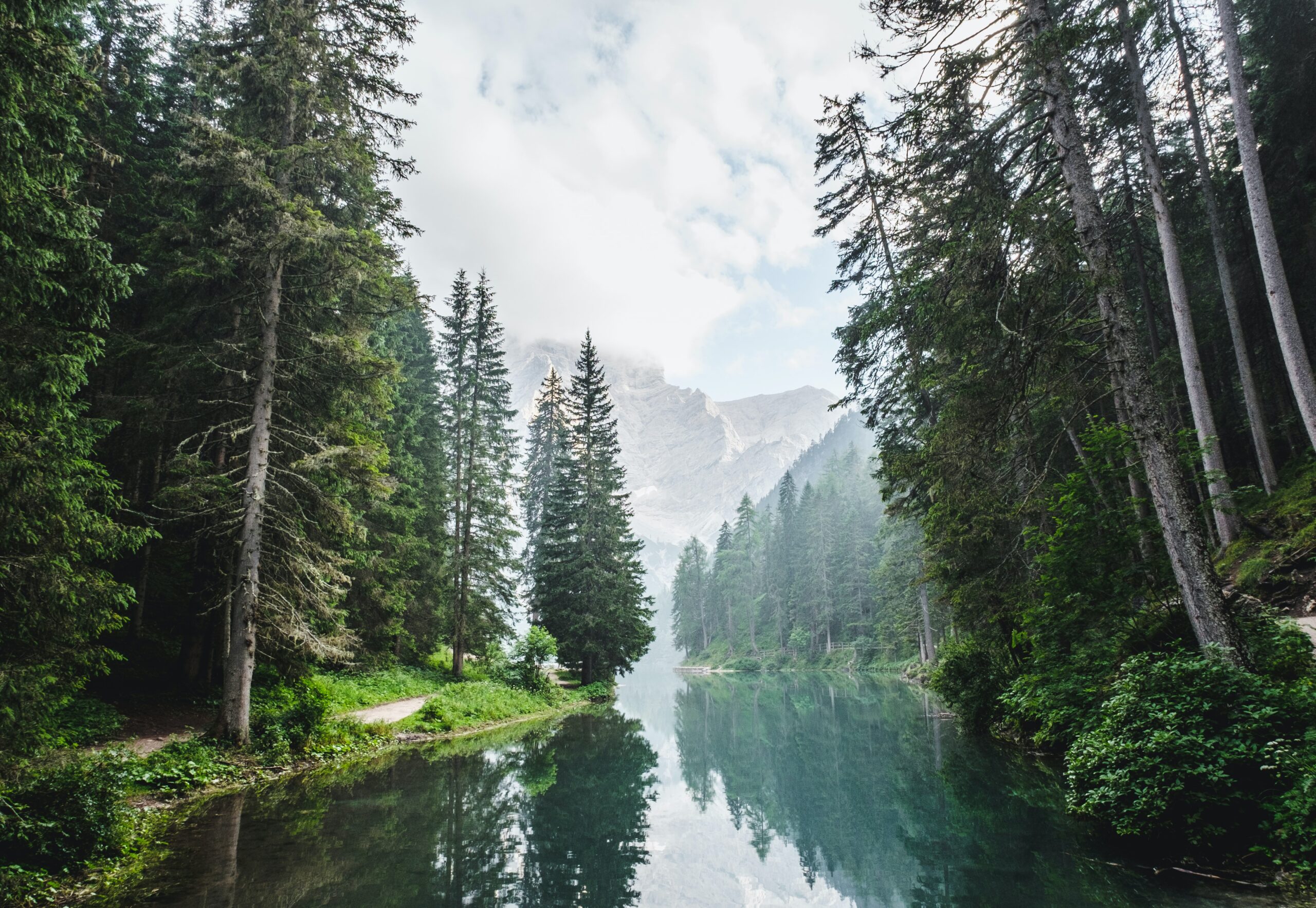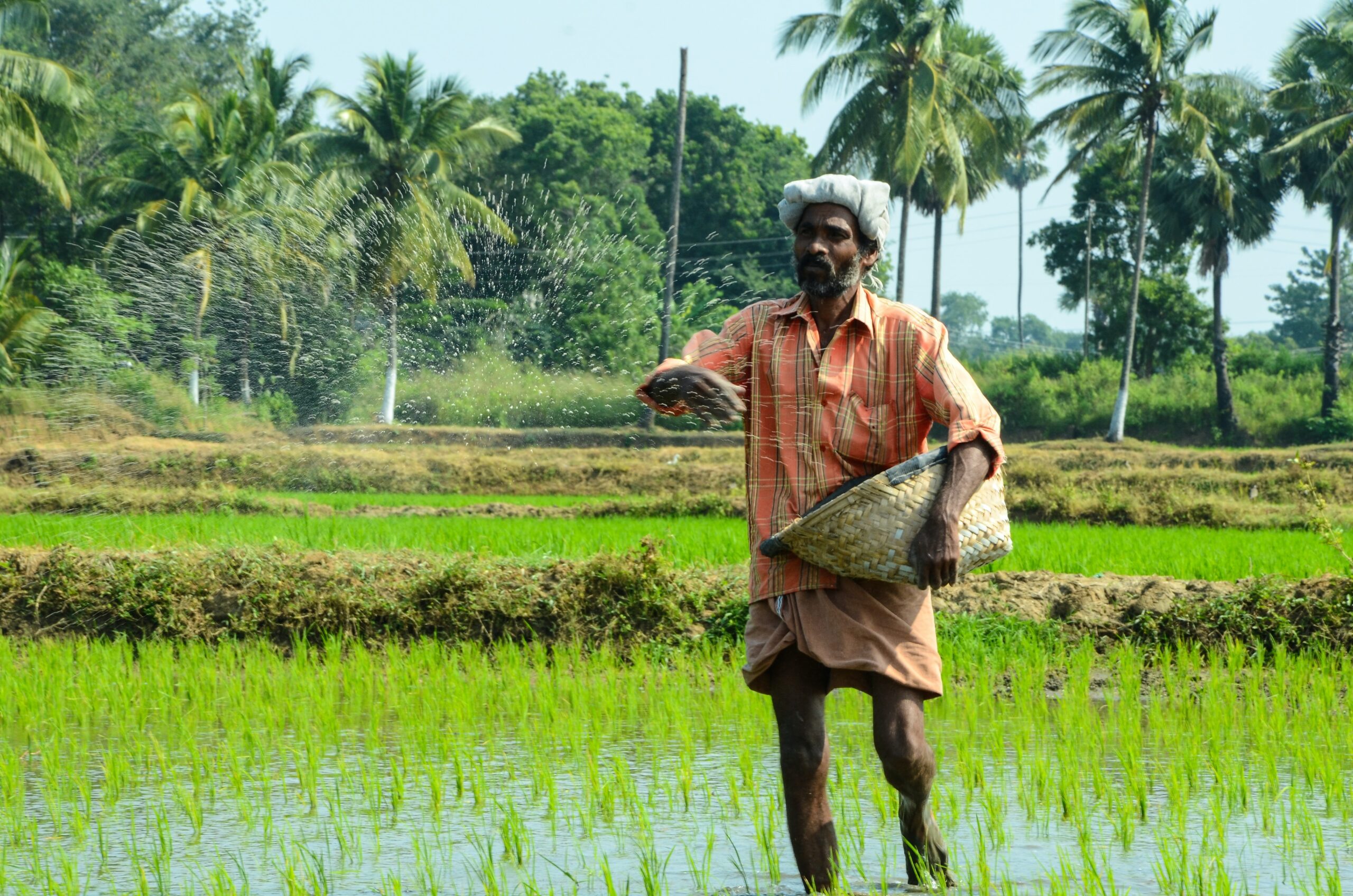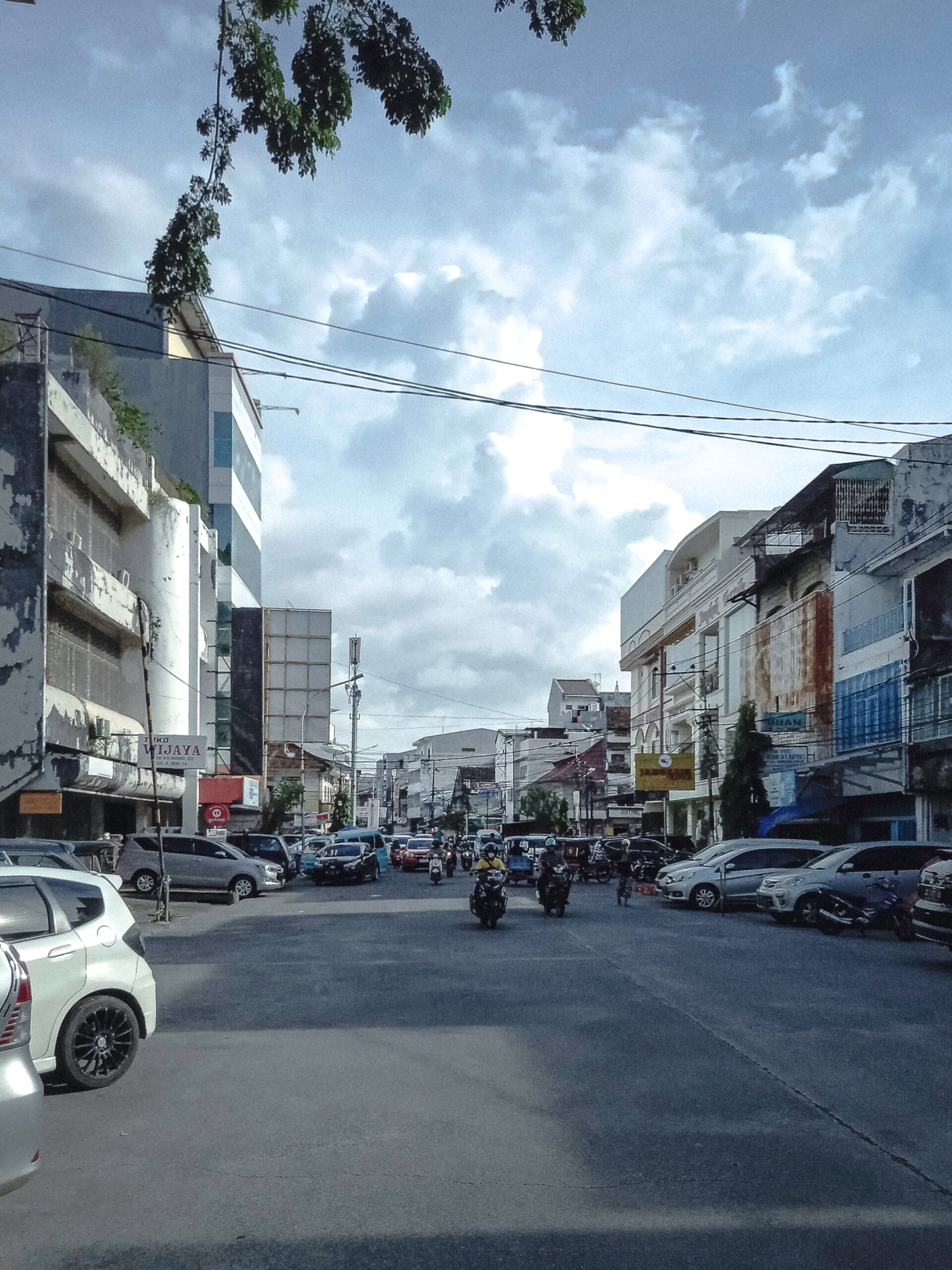What to do in, and what to expect from, urban green spaces – Indicator-based approach to assess cultural ecosystem services
Literature on urban ecosystem services (UESS) is vast, parti...












